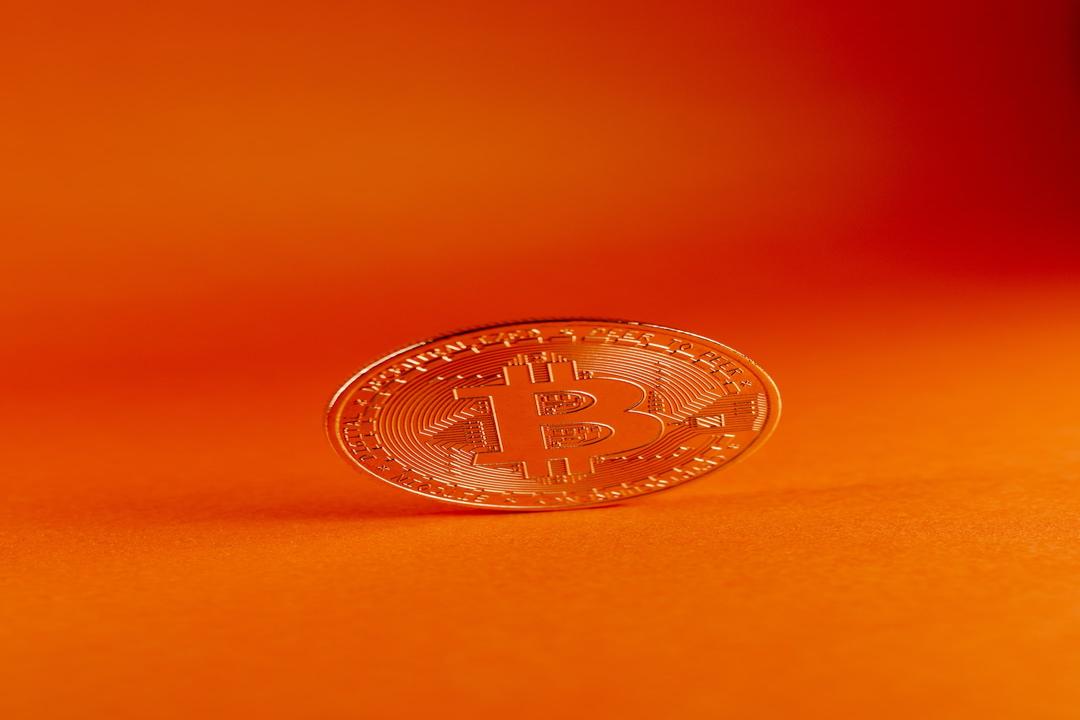CEO of Ripple: The Future Will Be a Multi-Chain World
Looking at the development of the Web3 world, the current composition of the blockchain world is made up of the unshakable Bitcoin blockchain, the second-largest Ethereum blockchain in terms of user adoption and market value, and countless other large and small blockchains.
While users and investors seem to prefer using one or two mainstream blockchains for transactions or ecosystem development, some experts believe that the future will be composed of multiple blockchains.
Brad Garlinghouse, CEO of Ripple, expressed his optimism about the series of changes happening in the cryptocurrency field and actively discourages people from holding extreme views towards any specific cryptocurrency because the future will be a multi-chain world.
Why does this world need so many blockchains? And what are the advantages and disadvantages of multiple chains and a single chain?
Why are there so many chains?
Each blockchain can be imagined as an independent country or an isolated island. There is almost no way for different islands to connect with each other, so they cannot obtain updated status or information from each other.
There is no direct connection between blockchains or between blockchains and the external real world. Therefore, users cannot access applications on one chain from another blockchain. It’s like not being able to use Alipay or WeChat Pay for transactions when traveling abroad.
Different blockchains have their own advantages. For example, there are environmentally-friendly chains and chains that attract artists. These chains also develop applications suitable for specific types. The more people use a blockchain, just like a country with a large population, the more people will be willing to build it, and it will develop larger.
To expand the user base and enable users to communicate with each other, some developers deploy projects on multiple blockchains or exchange data through cross-chain bridges.
Each blockchain can be imagined as an independent country or an isolated island. There is almost no way for different islands to connect with each other, so they cannot obtain updated status or information from each other.
Advantages and Challenges of Multiple Chains
Advantage 1: Increased Scalability
As the blockchain user base grows, scalability becomes a crucial issue. When the number of users increases, problems such as slow transaction speed and increased transaction fees can easily occur, putting pressure on many large blockchain networks.
A multi-chain network can provide a solution by parallel processing and reducing congestion on a single chain, thereby enhancing overall scalability. If the blockchain world truly becomes a mainstream trend in the future, finding a blockchain that can accommodate billions of users will require multi-chain or other scalability solutions.
Advantage 2: Privacy and Security
Imagine if all data is “locked” on one island, it would not be easy for malicious actors to launch attacks from the outside. Developers can enhance security to effectively protect the “islanders”.
Many chains emphasize privacy, allowing participants to maintain the confidentiality of certain transactions within specific chains, making it more difficult to trace the amounts and wallets of transactions.
Advantage 3: Customization for Specific Users
Different industries and applications often require different functionalities. Through multi-chains, customized blockchains can be developed to optimize efficiency and meet specific needs of industries such as supply chain management, finance, and healthcare.
Challenge 1: User Limitations
Since different blockchains can be seen as different closed systems, similar to some iOS apps that cannot be used on Android systems, DApps on a chain are mostly only applicable to the chain they were developed for, unless developers simultaneously develop for multiple chains.
However, for application developers, the more people use their applications, the better. Even though Ethereum has a large user base, there is still a possibility of missing out on millions of users on other chains.
Challenge 2: Security
If all global users enter the blockchain world in the future, it is necessary to enable secure communication and transactions between users on different chains.
The current solution is to build a “bridge between two isolated islands” to facilitate information exchange between different chains. However, these “cross-chain bridges” are often the weakest point in terms of security on the blockchain and become prime targets for external attacks, posing a threat to users on the chain.
Therefore, Ethereum founder Vitalik Buterin has also stated that the future may be the flourishing development of “multi-chains” rather than relying on the “cross-chain” ecosystem.
What is the future of multi-chains?
Although Ethereum is still one of the most secure and widely adopted smart contract platforms, as the user base grows, many users are starting to look for cheaper alternatives. This phenomenon has also prompted developers to see opportunities to build different platforms and compete with Ethereum, leading to the development of multi-chain ecosystems.
In the future, a single blockchain may not dominate, but a blockchain that can integrate various assets and chains may still have a prominent position.
However, it is more likely to see the coexistence of multiple blockchain networks, each with its unique ecosystem and the ability to interact with other networks.
Currently, protocols like cross-chain bridges are rapidly developing. The concept of having multiple interconnected blockchains is already being laid out.
Reference: techopedia, cointelegraph
Proofread by: Gao Jingyuan

